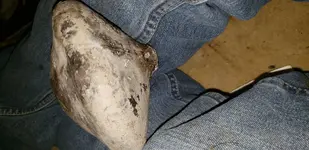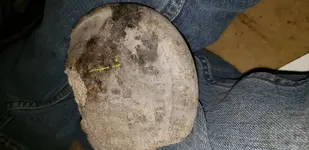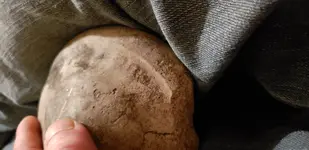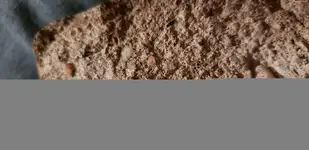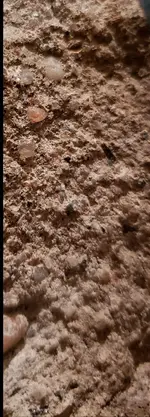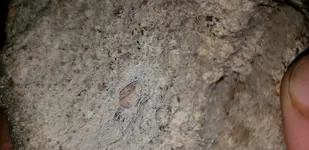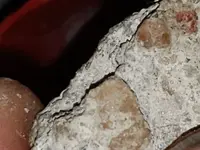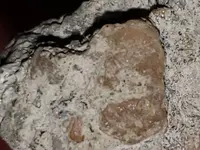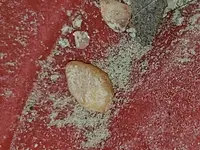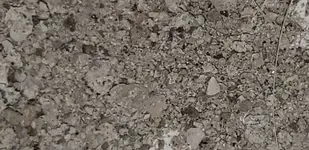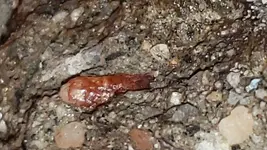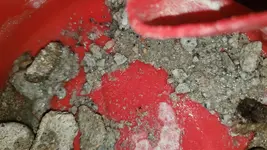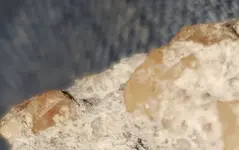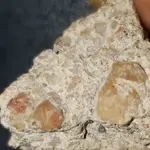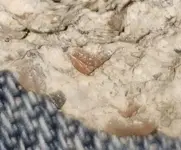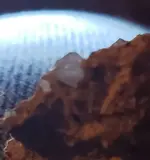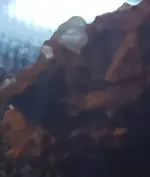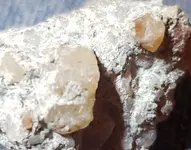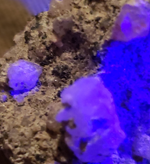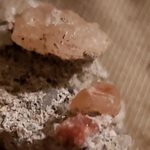https://answers.yahoo.com/question/index?qid=20080505185857AAQn0XD
Does the gem Ruby have any magnetism or radioacivity?
I need to know please if the gem Ruby has any...Radioactivity Phosphorescence Magnetism or any other cool properties?
Please help me with my homework!
Best Answer: There are "wives tales" about radioactivity and magnetism of rubies. The ones that come to mind are the ones I've heard about psychic magnetism using rubies to channel different energies. Rubies CAN phosphor from red to green but I'll touch base more on that below.
High refractivity is characteristic; when cut and polished, ruby is a brilliant stone, but, because it has weak dispersion, it lacks fire. On exposure to high temperature, ruby becomes green but regains its original colour upon cooling. When subjected to radiant discharge, ruby phosphoresces with a vivid red glow.
Ruby is the red variety of corundum, the second hardest natural mineral known to mankind. The non-red variety of corundum is Sapphire. Sapphires are well known among the general public as being blue, but can be nearly any color. The red color in ruby is caused by trace amounts of the element chromium. The best shade of red for ruby is often given the name "pigeon blood red", but ruby can be any shade of red up to almost pink. Oriented rutile crystal inclusions cause a six-rayed-star light effect (called asterism) to form the popular Star Ruby.
For thousands of years, the ruby has been considered one of the most valuable gemstones on Earth. It has everything a precious stone should have: magnificent colour, excellent hardness and outstanding brilliance. In addition to that, it is an extremely rare gemstone, especially in its finer qualities.
For a long time India was regarded as the ruby's classical country of origin. In the major works of Indian literature, a rich store of knowledge about gemstones has been handed down over a period of more than two thousand years. The term 'corundum', which we use today, is derived from the Sanskrit word 'kuruvinda'. The Sanskrit word for ruby is 'ratnaraj', which means something like 'king of the gemstones'. And it was a royal welcome indeed which used to be prepared for it. Whenever a particularly beautiful ruby crystal was found, the ruler sent high dignitaries out to meet the precious gemstone and welcome it in appropriate style. Today, rubies still decorate the insignia of many royal households. But many are not really all genuine rubies.
Ruby is the red variety of the mineral corundum, one of the hardest minerals on Earth, of which the sapphire is also a variety. Pure corundum is colourless. Slight traces of elements such as chrome, iron, titanium or vanadium are responsible for the colour. These gemstones have excellent hardness. On the Mohs scale their score of 9 is second only to that of the diamond. Only red corundum is entitled to be called ruby, all other colours being classified as sapphires. The close relationship between the ruby and the sapphire has only been known since the beginning of the 19th century. Up to that time, red garnets or spinels were also thought to be rubies. (That, indeed, is why the 'Black Ruby' and the 'Timur Ruby', two of the British Crown Jewels, were so named, when they are not actually rubies at all, but spinels.)
Ruby, this magnificent red variety from the multi-coloured corundum family, consists of aluminium oxide and chrome as well as very fine traces of other elements - depending on which deposit it was from. In really fine colours and good clarity, however, this gemstone occurs only very rarely in the world's mines. Somewhat paradoxically, it is actually the colouring element chrome which is responsible for this scarcity. True enough, millions of years ago, when the gemstones were being created deep inside the core of the Earth, chrome was the element which gave the ruby its wonderful colour. But at the same time it was also responsible for causing a multitude of fissures and cracks inside the crystals. Thus only very few ruby crystals were given the good conditions in which they could grow undisturbed to considerable sizes and crystallise to form perfect gemstones. For this reason, rubies of more than 3 carats in size are very rare. So it is no wonder that rubies with hardly any inclusions are so valuable that in good colours and larger sizes they achieve top prices at auctions, surpassing even those paid for diamonds in the same category.
Some rubies display a wonderful silky shine, the so-called 'silk' of the ruby. This phenomenon is caused by very fine needles of rutile. And now and then one of the rare star rubies is found. Here too, the mineral rutile is involved: having formed a star-shaped deposit within the ruby, it causes a captivating light effect known by the experts as asterism. If rubies of this kind are cut as half-dome shaped cabochons, the result is a six-spoked star which seems to glide magically across the surface of the stone when the latter is moved. Star rubies are precious rarities. Their value depends on the beauty and attractiveness of the colour and, though only to a lesser extent, on their transparency. Fine star rubies, however, should always display rays which are fully formed all the way to the imaginary horizontal line which runs through the middle of the stone, and the star itself should be situated right in the centre.
Hopefully this gives you a little bit of info to work with. Good luck to you.
Anonymous · 1 decade ago
